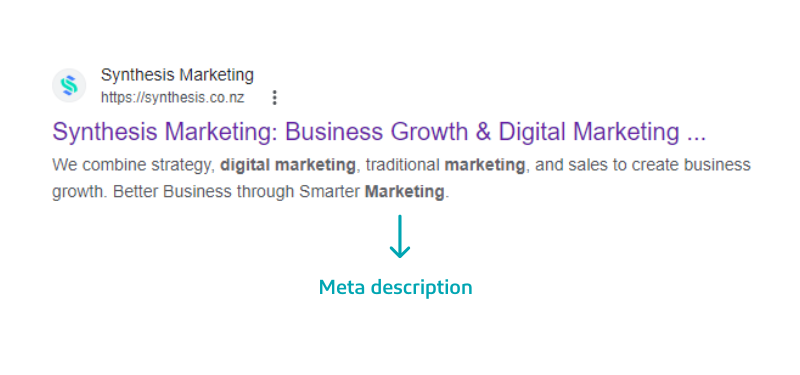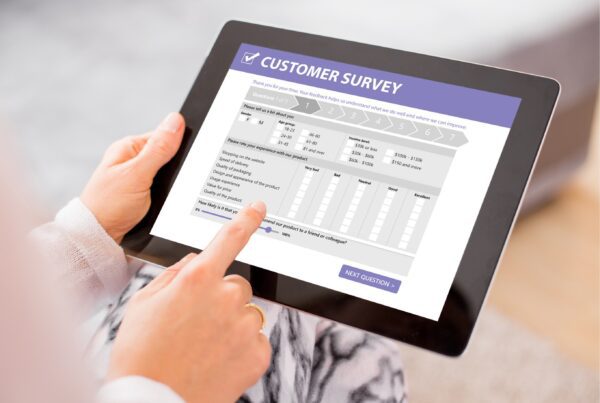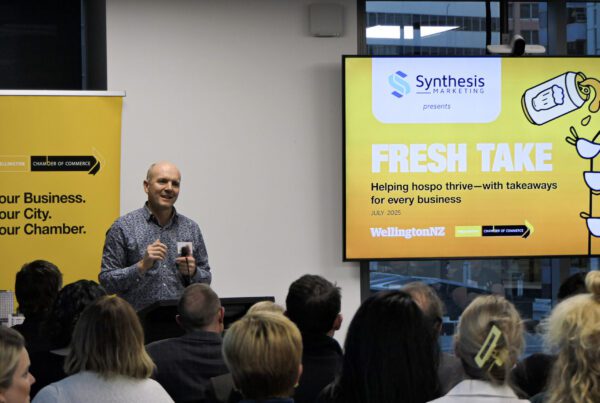Content is the reason search began in the first place.– Lee Odden
Writing SEO-optimised website content in New Zealand involves a combination of incorporating relevant keywords, providing valuable information, and optimising the structure and formatting of your content.
Here are some steps to help you write SEO-friendly website content tailored to the NZ audience:

- Keyword research
- Content outline
- Page title, URL, & headlines
- Meta description
- Image & multimedia content
- Internal & external links
- Page load speed
1. Keyword research
From the perspective of potential customers in New Zealand, keywords are the words or phrases they enter into a search engine to find the products, services, or information they are looking for. Search engines like Google use these keywords to determine the relevance and ranking of websites on search engine results pages (SERPs). The higher your website ranks on the SERP, the more visibility and traffic it can potentially receive.
To conduct keyword research effectively for the NZ audience, follow these steps:
- Generate a list of broad topics: Start by brainstorming a list of general topics that are relevant to your business, products, or services in the NZ context.
- Expand the topics with specific phrases: For each broad topic, think of specific phrases or keywords that potential customers in NZ might use when searching for related information or offerings. Consider their perspective and the language they are likely to use.
- Find related search terms: Explore related search terms by performing a Google search using your keywords. Scroll to the bottom of the search results page, where you’ll find a section with related search phrases in bold. This can provide you with additional keyword ideas for the NZ audience.
- Utilise keyword research tools: Take advantage of keyword research tools such as Google’s Keyword Planner, SEMrush, Moz Keyword Explorer, Ahrefs, etc. These tools can help you discover additional relevant keywords, analyse their search volumes, and assess their competition level.
- Analyse the strength of your keywords: When evaluating keywords, there are two important factors to consider:
- Search volume: Determine the average monthly search volume for each keyword (most of the tools mentioned above will give you this). Higher search volumes indicate greater potential traffic to your website, but generally, keywords with higher volumes also have higher competition.
- Search competition: Check the level of competition for each keyword. Strive for a balance between search volume and competition. Ideally, you want keywords with a decent search volume and lower competition in the NZ market.
Through comprehensive keyword research, you can discover the most pertinent and high-value keywords to integrate into your website content. This will help improve your website’s visibility in search results and attract targeted organic traffic from potential customers.
2. Content outline
Creating a content outline serves as a valuable tool for streamlining the writing process and maintaining quality control. It allows you to include essential SEO elements, such as addressing common search queries related to your target keywords.
Additionally, the outline helps in defining the main heading, subheadings, goals, and overall approach of your article, ensuring a focused and well-structured piece of content. By outlining these elements beforehand, you can maintain a clear direction while writing and deliver a comprehensive and valuable article to your NZ audience.

3. Page title, URL, & headlines
- Incorporate your primary keyword near the beginning of the title.
- Opt for a concise URL consisting of two to three words that include your primary keyword.
- Include your primary keyword and its related terms in the H1 tag (once), H2 tags (at least twice), and H3 tags (at least once).
Meta description
When crafting meta descriptions for your web pages, it’s important to create unique and compelling descriptions that effectively summarise the content while enticing NZ users to click.
Keep the meta description brief, typically under 160 characters, while providing a clear and concise overview of what the page offers. Focus on highlighting the unique value or key points of the content. Consider including a call to action at the end of the meta description to encourage users to take the desired action.
Remember, meta descriptions don’t directly impact search engine rankings, but they play a crucial role in attracting users to click on your page in search results. By crafting unique, engaging, and relevant meta descriptions, you can improve click-through rates and drive more organic traffic to your website.

Images & multimedia content
When optimising images for your website, there are several key practices to follow:
- Compressing images is crucial to ensure faster page loading times. You can use image compression tools or plugins to decrease file sizes without compromising quality. Smaller file sizes contribute to better user experience and improved search engine rankings.
- Instead of generic filenames like “IMG_001.jpg,” choose descriptive names that reflect the content of the image, and if possible, contain keywords.
- Alt text, also known as alternative text, plays a vital role in enhancing both accessibility and SEO. It provides a textual description of the image for users who are visually impaired or have images disabled. Write concise and descriptive alt text that accurately represents the image and includes relevant keywords.
- Implement responsive design techniques to serve appropriately sized images based on the device and screen size of NZ users. This helps improve page loading speed and provides a better experience across different devices.

Internal and external links
- Incorporating internal and external links in your website content is a powerful strategy for enhancing user experience, improving SEO, and providing valuable resources to your NZ readers.
- Internal links contribute to the overall structure of your website, allowing search engines to understand the hierarchy and relationships between different pages. Properly organised internal linking helps search engines crawl and index your website more efficiently.
- External links can expand upon the topics you’re discussing, providing readers with more in-depth information or different perspectives. This enhances the value of your content and keeps readers engaged.
Page load speed
Ensure your website loads quickly by optimising image sizes, minimising plugins or scripts, and utilising caching techniques. Having a website that loads quickly enhances the user experience and can have a positive influence on search rankings.
Remember, while optimising content for SEO is important, prioritise creating content that provides value to your NZ audience. Engaging, informative, and well-written content tends to perform better in search engine rankings over the long term.

If you need assistance in implementing these SEO strategies and writing high-quality, optimised content for your website in New Zealand, feel free to reach out to us. Here, at Synthesis, we have the expertise, experience, and resources to enhance your online presence and drive targeted organic traffic to your website.
Remember, investing in SEO and content marketing is a long-term strategy that can yield significant benefits for your business, including increased brand visibility, higher organic traffic, and improved conversions.
Don’t hesitate to reach out to us to make the most of your online presence in New Zealand.





